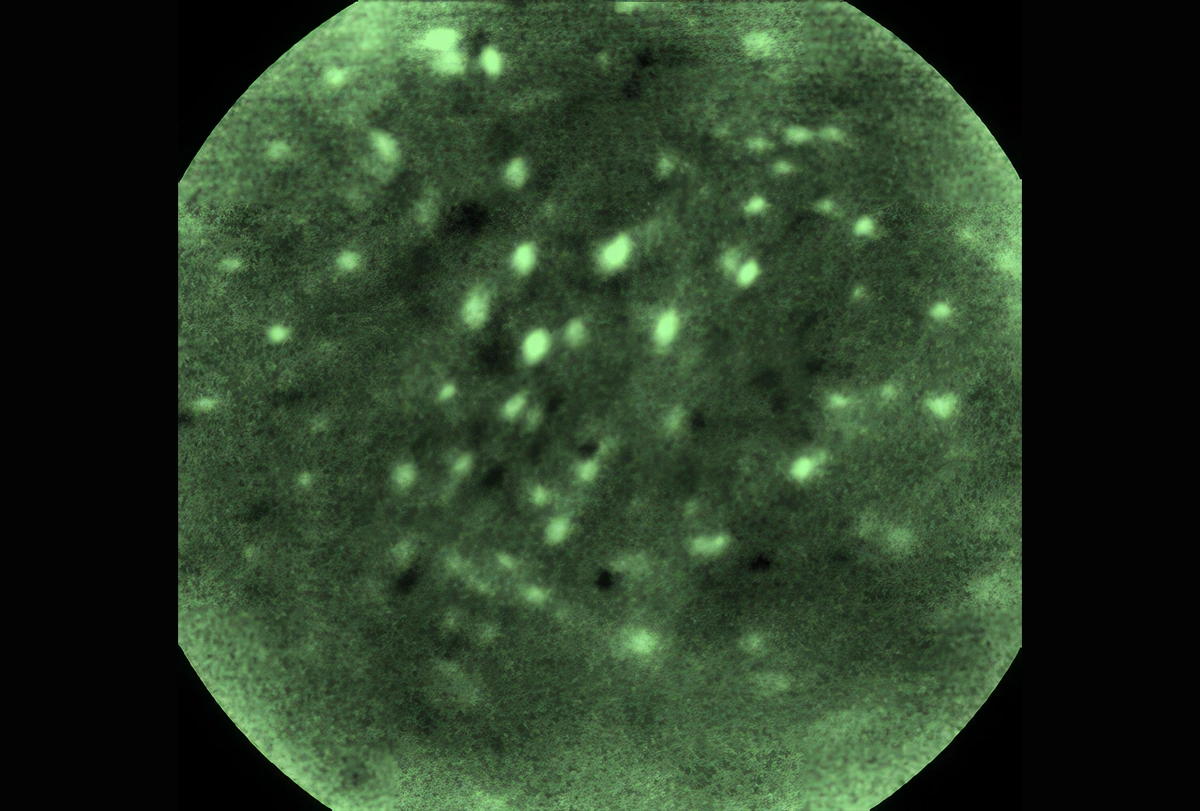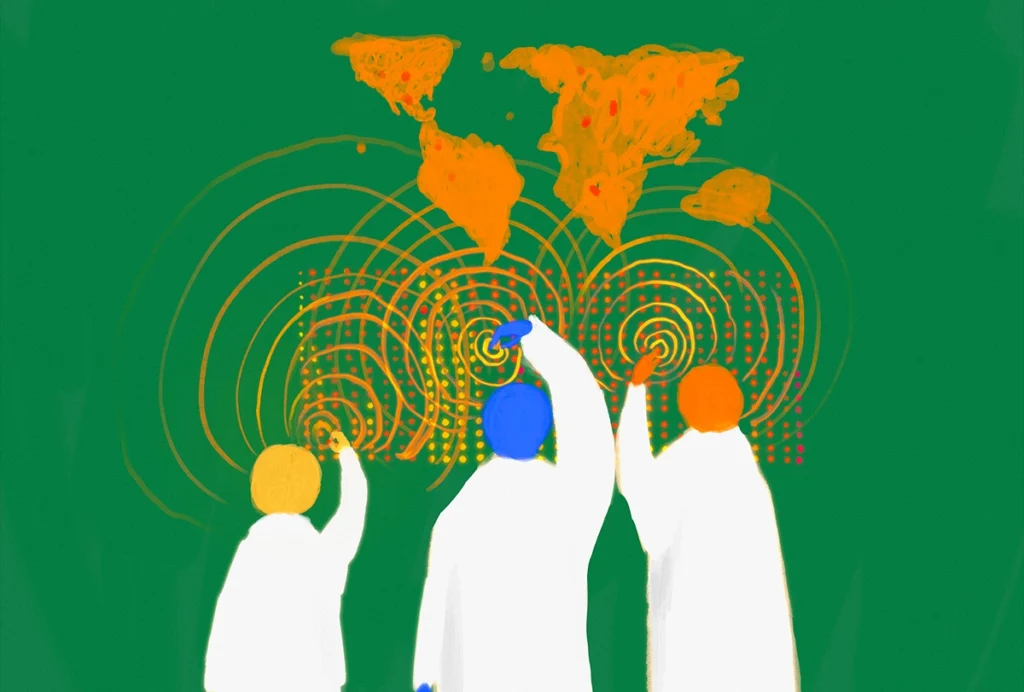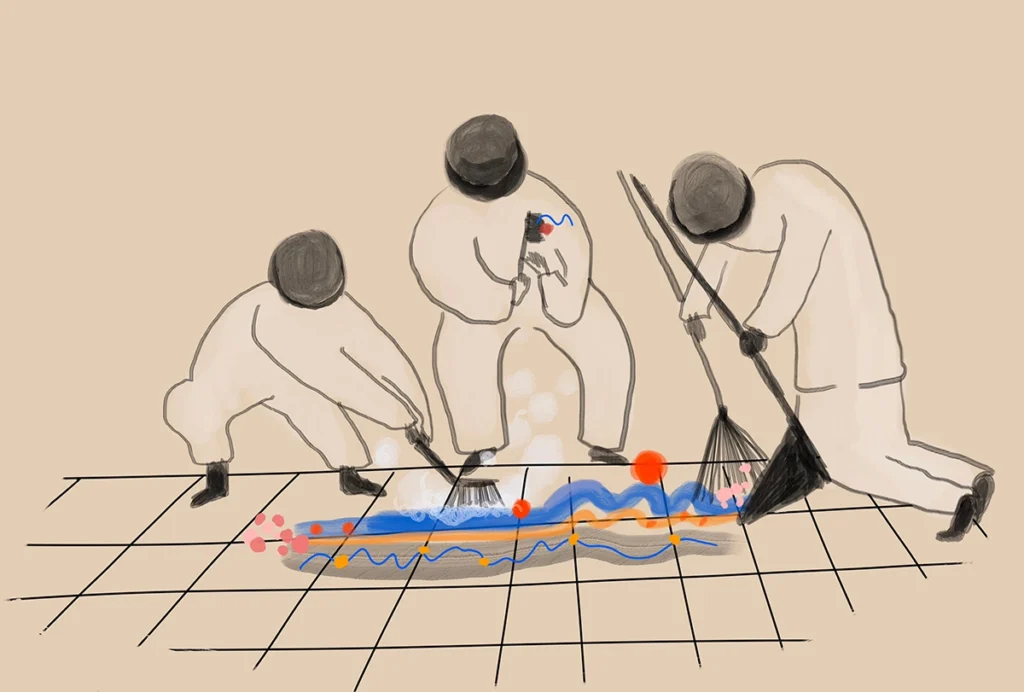Designing an open-source microscope
Funding for the development of open-source tools is on the rise, but support for their maintenance and dissemination, both crucial for their meaningful uptake, remains a major challenge.

Neuroscience is fast becoming a more open and collaborative scientific environment—for example, funding agencies, recognizing the value of open-source tool development, are offering more support for open-source projects. These tools are paving the way for a future in which sharing knowledge and resources becomes the norm in neuroscience, accelerating the pace of discovery and innovation. But to truly realize the benefits of open-source approaches, the field still has some hurdles to overcome. In particular, support for the dissemination and maintenance of open-source tools, which is crucial for their meaningful uptake, remains low or non-existent.
My experience helping to develop the Miniscope, an open-source miniature microscope that records neural activity in freely moving animals, developed at the University of California, Los Angeles, offers a lesson for how to navigate open-source tool development in the confines of academia. The tool is now in use in roughly 1,000 labs across the world (and cited in more than 70 papers), and the project’s success underscores the potential of open-source tools to not only advance scientific research but also democratize access to cutting-edge technology and make it more inclusive. Our commitment to the Miniscope project was driven by a firm belief in its transformative potential for neuroscience, coupled with a perhaps naive optimism that academia was developing a greater appreciation and value for open-source work.
Crucial ingredients for the Miniscope’s success included extensive community outreach and the development of high-quality, user-friendly documentation (though we are still working toward better practices in this area). But both efforts are time-intensive, and there are few existing mechanisms for their support or recognition. Indeed, I was able to focus much of my time as a postdoctoral researcher on Miniscope dissemination because, at the time, I did not plan to stay in academia. That meant I had less pressure to rack up the traditional trappings—high-profile publications and grants—required for a faculty job. I also benefited from the unconventional vision of my advisers, Peyman Golshani, Alcino Silva and Baljit Khakh, who saw from the beginning how powerful the Miniscope could be.
Embracing open-source tool development on a broader scale will require a paradigm shift in how academic institutions and funding bodies recognize and support such initiatives.
W
hen we first started the Miniscope project, few funding opportunities existed for open-source projects. So we adopted innovative funding strategies, including leveraging postdoctoral training grants and tapping into internal funding opportunities at UCLA. A pivotal turn in our journey came in 2015 with support from the National Institutes of Health’s BRAIN Initiative, which has played a critical role in both the development and sustained support of our project and other open-source initiatives. This marked a significant shift, addressing a funding gap that had been a major barrier for projects like ours.Though funding for open-source tool development projects is growing, there is less support for their ongoing maintenance, community outreach, bug fixes and general improvements. We know from our experience with the Miniscope that these efforts are crucial for long-term adoption, and a lack of support is a critical barrier to the long-term viability and impact of open-source initiatives.
We recognized early on, for example, that for the Miniscope to gain traction, it needed to be not just technically robust but also well documented and easily accessible. We invested considerable effort in creating detailed guides, tutorials, hands-on training workshops and support materials to make the tool more approachable for researchers with varying levels of technical expertise. This focus on making the Miniscope user-friendly was a key factor in its broad adoption.
Actively engaging with the community was another essential component in developing our technology. We gathered invaluable feedback that guided the Miniscope’s evolution, helping us to refine the tool, make it easier to use and ensure it addressed the needs of researchers across various disciplines. Before offering new tools to the community, we first validated them in our hands and in a small set of collaborating labs. This semi-closed piloting goes against some expectations of “open-source” development, in which work is made openly available from the start. But I believe our more iterative approach has played an important role in the Miniscope’s success, enabling us to better tailor the tool to users’ needs, address bugs and build out support materials before labs invest significant time in adoption.
We also took an active role in fostering a community of users who not only support each other but also see the tangible benefits of open-source science. We run in-person, hands-on workshops that teach people about Miniscopes but also demonstrate that they are part of a large community of researchers. Participants take what they have learned to their home institutions and help neighboring labs get up and running with Miniscopes, generating a large network of expert Miniscope developers and users who are engaged in helping each other and interacting. This network has been instrumental in accelerating the global footprint of the Miniscope platform.
As noted above, little formal funding exists to support the Miniscope’s documentation, active dissemination and community engagement efforts, so we used some creative approaches. We continually submitted new grants around Miniscope innovation and then used a small portion of those funds to maintain the online and in-person Miniscope training resources.
Fortunately, private foundations, such as the Chan Zuckerberg Initiative, have recognized and begun addressing this funding gap, and the BRAIN Initiative has started to shift focus toward prioritizing long-term support. Even so, the challenge persists as one of the most significant obstacles in the field of open-source tool dissemination. It not only hampers the full realization of initial investments, both public and private, but also impedes the ongoing evolution and utility of these resources in research.
As the field of neuroscience continues to evolve, the lessons learned from the Miniscope Project can serve as insights for others looking to embark on similar open-source ventures. The future of scientific discovery lies in fostering a more inclusive, collaborative and open approach to research. Doing so will require rethinking traditional academic models and prioritizing the importance of how one’s work will benefit the larger community.
Recommended reading

The S-index Challenge: Develop a metric to quantify data-sharing success

A README for open neuroscience
Explore more from The Transmitter

Smell studies often use unnaturally high odor concentrations, analysis reveals

Developmental delay patterns differ with diagnosis; and more

